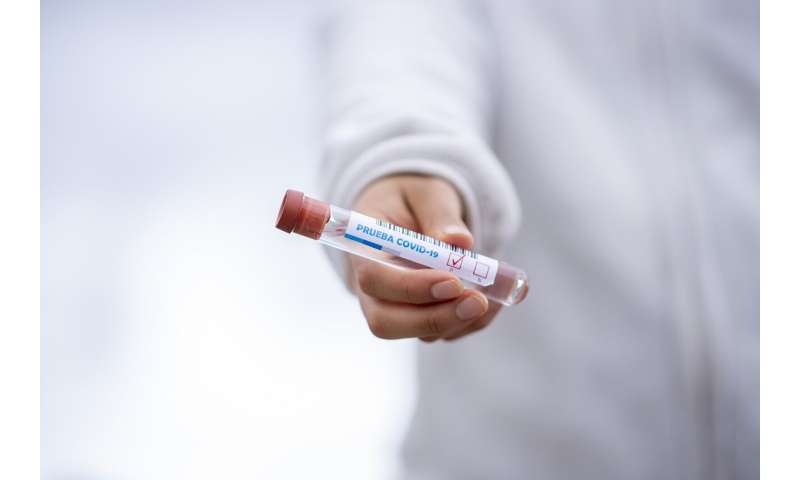
New research presented at this week’s ESCMID Conference on Coronavirus Disease (ECCVID, online 23-25 September) confirms that men with COVID-19 have worse outcomes than women, possibly related to them experiencing higher levels of inflammation. The study is by Dr. Frank Hanses, University Hospital Regensburg, Germany, and colleagues, and shows that men have a 62% increased risk of COVID-19 associated death compared with women, after adjustment for various factors.
Increasing evidence suggests a gender difference in SARS-CoV-2 infections. In most cohorts, men are overrepresented and previously published data show a higher incidence of severe courses of COVID-19 in men. To collect clinical data from the pandemic, the international multicenter Lean European Open Survey on SARS-CoV-2-Infected Patients (LEOSS) registry was established.
The German Society of Infectious Diseases (DGI) sponsored this registry aiming to provide scientists and doctors with reliable clinical data to enable them to answer numerous urgent questions, such as when do COVID-19 patients develop severe symptoms? What is the best possible treatment? Which measures have been successful up to now? Under the new initiative, it is planned to make the collected data available to the scientific community for use in crowd-based analyses.
In this study, the authors present a first analysis of the LEOSS dataset on the impact of sex in COVID-19. They retrospectively assessed 3,129 adult patients with COVID-19, enrolled between March and July 2020. Baseline characteristics include socio-demographics and comorbidities according to the Charlson Comorbidity Index (number of pre-existing conditions) (CCI).
Clinical manifestation of COVID-19 was described in four phases: uncomplicated (asymptomatic/mild symptoms), complicated (need for oxygen supplementation), critical (need for critical care) and recovery. Symptoms, vital signs, inflammatory markers and therapeutic interventions were analysed over all phases as was clinical outcome.
The male:female ratio in this mostly hospital-based cohort was 1.48 with a male predominance in all age groups. Male predominance was even more pronounced in the age groups >65 years and >75 years. Mean CCI and most comorbidities did not differ significantly between men and women, while coronary artery disease (18% vs 10%) and smoking rates were higher in male patients (14.5 vs 10.5%) than female patients.
Progression to a critical phase (generally reflecting ICU admission) was seen more often in men than in women (30.6% vs 17.2%). Mean hospital length of stay was longer in male patients (15.4 vs 13.3 days).
Both crude mortality (19.2% vs 12.9%) and COVID-19 attributable mortality (17.1% vs 10.3%, figure 1, e-poster), were significantly higher in men. Being male proved to be an independent risk factor for a 62% increased risk of COVID-19 associated death in an analysis adjusted for various factors.
While most laboratory parameters were comparable between male and female patients with COVID-19, men had significantly higher inflammatory markers (IL-6, CRP, PCT, ferritin) across all phases of disease (figure 3, e-poster).
The authors conclude: “Men are more likely to progress to critical phases of COVID-19. Men have higher death rates as well as more frequent ICU admissions and longer hospital stays, that are all associated with higher inflammatory parameters during all phases of COVID-19. In our cohort, this effect was not explained by differences in comorbidities, age or BMI between male and female patients.”
Source: Read Full Article
